

 The last two decades have witnessed a dramatic growth in low-wage Latino and Latina immigrants, both documented and undocumented, finding employment and settling permanently in the United States. This process represents a key example of how globalization is transforming the U.S. economy and society. Of particular interest to scholars has been the diversification of Latino immigrant destinations, as a growing number of communities with no recent history of immigrant presence have witnessed rapid growth in immigrant residents. In new research, Lise Nelson, Laurie Trautman, and Peter B. Nelson argue that rural gentrification represents an important but overlooked ‘pull factor’ in the expansion of new Latino immigrant destinations in the rural United States. Their research reveals the process through which employers’ recruited workers to these geographically isolated locales, and how the gentrification boom witnessed in these places is supported by highly flexible immigrant labor regimes.
The last two decades have witnessed a dramatic growth in low-wage Latino and Latina immigrants, both documented and undocumented, finding employment and settling permanently in the United States. This process represents a key example of how globalization is transforming the U.S. economy and society. Of particular interest to scholars has been the diversification of Latino immigrant destinations, as a growing number of communities with no recent history of immigrant presence have witnessed rapid growth in immigrant residents. In new research, Lise Nelson, Laurie Trautman, and Peter B. Nelson argue that rural gentrification represents an important but overlooked ‘pull factor’ in the expansion of new Latino immigrant destinations in the rural United States. Their research reveals the process through which employers’ recruited workers to these geographically isolated locales, and how the gentrification boom witnessed in these places is supported by highly flexible immigrant labor regimes.
What do landscapes of luxury such as those pictured below, have to do with the geographic settlement patterns of low-wage, undocumented immigrant workers in the United States? The 2013 Alaska Airlines magazine article pictured below “Home Improvement: The Demand for Second Homes is Rebounding” informs flyers that the market for second homes is back. It suggests to the reader the importance of getting into the action as a path toward rest, relaxation and family happiness, as well as a path toward profit. It opens:
“When Kay Constantine and her husband, George, first began looking for a vacation home, they had a list of “must haves” in mind, including a place close to a golf course, a mountain view, a swimming pool and most of all, warm weather. ‘It is a place we can mentally relax’ says Kay.”
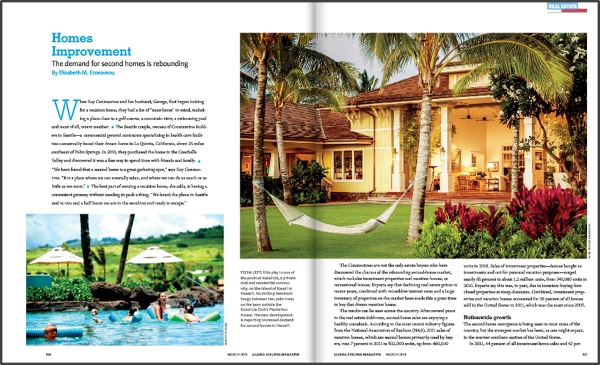
The article captures why many wealthy and white ‘amenity migrants’ have become part-time or permanent residents in rural and semi-rural high amenity areas across the United States. It goes on to tell us that “typical buyers tend to be business owners or high-level executives who enjoy adventure and want a place to relax with their families.” It is a flow of people and money driven in significant ways by the expanding (albeit concentrated) wealth associated with globalization. High-wage professionals, mostly living in globally-linked large cities, increasingly have the wealth to purchase or build vacation homes in rural spaces, often extravagant ones. The airline magazine article also points to a second key factor in this process, demographics: the propensity to relocate or buy second homes in amenity areas increases between the ages of 50-59, noting that millions of Americans are poised to make this move.
In addition to new geographies of wealth and demographic forces, scholars of rural gentrification and amenity migration point to this urban to rural flow as shaped both by a longing for a rural idyll (marked by notions of peace and quiet, neighborliness and/or a closer connection to nature), and by impressions of larger cities as dirty, crowded and dangerous. Given the racial codes associated with such descriptions, William Frey, currently at the Brookings Institute, describes this flow of amenity migrants as large scale white flight. While debates as to what drives this flow continue, what is clear is its global scope: from the countryside of Spain to the fjords of Southern Chile, beautiful rural places across the globe are being transformed by upper middle class and the uber rich seeking to own a piece of rural paradise. The new homes and amenity developments that expand as a result transform local landscapes—economically, ecologically, socially, and politically. These newcomers are not short-term tourists (who have their own range of important impacts) but property owners and usually voters. For the ‘locals’ in receiving communities this can be considered an opportunity, an invasion, or both.
Our research shows that, at least in the United States, there is another group arriving to many of these rural high-amenity areas shaped by gentrification: low-wage immigrants, which in the case of the U.S. are often coming from Mexico and other parts of Latin America. We demonstrate quantitatively, using census data, that a growing number of nonmetropolitan counties throughout the United States have witnessed the simultaneous arrival of higher-income, white residents (largely baby boomers) and low-wage Latino residents. At first glance this convergence may be puzzling given that low-wage Latino immigrants have often been assumed to be mostly arriving in rural places where meatpacking and other ‘dirty’ rural industries have expanded. Yet it is not puzzling if we consider that these non-metro areas of convergence also show distinct signs of gentrification—rising home prices and rising inequality—and that Latino residents in these areas are generally employed in construction, landscaping and other service industries (not industrial sectors). To explore these broader scale convergences qualitatively, we conducted in-depth fieldwork research in two gentrifying rural places in two distinct regions, Rabun County, Georgia and Routt County, Colorado (the latter home to Steamboat Springs resort). Between 2010 and 2012 we interviewed over two hundred and eighty people—employers, immigrant and non-immigrant workers, gentrifiers, and a range of local service providers—to get a sense of the relationship between gentrification and the arrival of immigrant residents, as well as the nature of work, life, and community in these contexts.
The recruitment of immigrants and consolidation of immigrant labor regimes
Interviews with employers indicate that the recruitment of these workers proved central to the economic ‘boom’ associated with gentrification as it took off in the late 1990s and beyond (a process slowed by the 2008 crash but now on the rebound). Businesses involved in construction, landscaping, and other service industries linked to the moneyed lifestyle of relaxation, recreation, and a deeper connection to nature increasingly began to rely on the recruitment of Latino immigrant workers, many of whom were and are undocumented.
How employers ‘found’ these workers was a key question in our research because both communities had little contact with Latino populations prior to the 1990s. While seasonal farmworkers had begun to arrive in Rabun County Georgia in the 1980s, and some Latino ranch hands have worked in Steamboat Valley Colorado since the 1950s, these groups were mostly seasonal and housed on the farm or on the ranch. They were not highly accessible as a workforce to construction businesses looking for labor in the 1990s, and in fact most gentrification-linked employers we interviewed did not find Latino workers who had been employed in farm or ranch work. Employers instead reported unintentionally ‘discovering’ Latino workers when they subcontracted work to companies based in large cities, which they started doing in the late 1990s to meet the growing demand for their services.
For example, Rabun County contractors began to hire drywall crews from Atlanta for short two-three week stints in the late 1990s. Given the nature of immigrant labor regimes in large cities by that time, it was perhaps unsurprising that the crew that arrived to drywall would often be comprised entirely of Latino immigrants. Although employers in Rabun had no experience working with “Mexicans” (the label often given to all people of Latin American descent), they quickly saw the advantage of hiring immigrants directly—and they often did so straight off the subcontracted crew. Many immigrant respondents reported that they arrived in Rabun on such a crew (for drywall, for a roofing job, etc.) and were offered higher wages to re-locate and work in Rabun County. The majority of low-wage, Latino workers in these sectors were undocumented at the time of our research, although a handful of employers in both Rabun and Routt Counties used temporary guestworkers (mostly on H-2B Visas) that they brought in through formal guestworker programs.
What might have started out as an effort to simply find workers during a labor shortage turned for many employers into a preference for immigrant workers. As one employer in Steamboat described it:
I use a ton of Hispanics, I love ’em. I love ’em. They all show me papers but I know they’re not all legal. And I don’t mind, and I don’t care, I’m very vocal about it. The Hispanics work, they save a lot of money, they send a lot of money home, they work their tails off, they don’t care if its Saturday, Sunday, Monday, they don’t care if they work seven days a week, twelve hours a day, they don’t complain, if I treat them well. I pay all my guys $25 an hour flat out across the board. If they don’t do good work, they don’t work anymore, but if they do good work, they get $25 an hour and I bill out at $65 an hour so I’m still making great money and they are making great money and if they are making great money they’re happy.
This preference for Latino immigrant workers, who were seen by employers as very hard working and flexible numerically and functionally, served to increase the efficiency and profitability of gentrified landscapes. It also re-shaped the local labor market: both documented and undocumented Latino immigrants became a structural feature of low-wage sectors in these gentrifying communities.
It is important to recognize that low-wage work per se is not a new feature in these landscapes—white, and “legal” low-wage workers have a long history in both places. These groups often continue to work alongside the new immigrant arrivals and they struggle with some of the same issues. Anyone involved in low-wage work in these areas, marked by a high cost of living, usually finds it difficult to secure decent housing—most immigrant or non-immigrant low-wage workers live far outside of the gentrifying locale (and face long commutes) or they live in marginal spaces such as the trailer park shown below. Yet Latino immigrant residents face a host of challenges that their white counterparts escape: language barriers, racism, and assumptions about their legal status, all of which mark them as outsiders, as “undeserving” subjects, and as subjects that can be mistreated by employers, or be justifiably deported as they drive home from work. Paradoxically, this marginality makes them all the more attractive to employers–producing a hardworking, seemingly docile labor force—even has it solidifies their racialized and social-civic exclusion from the broader community.
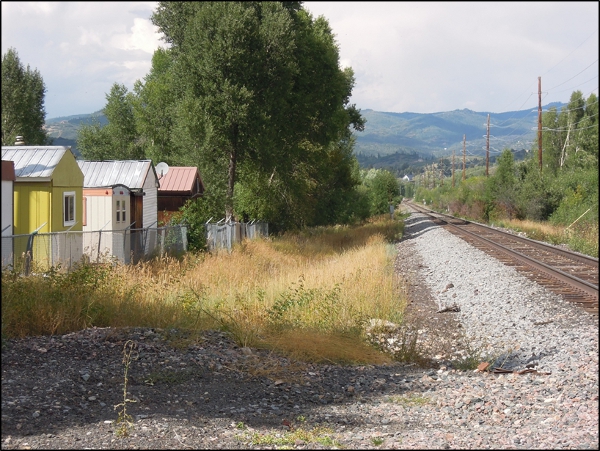
Image: Trailer park near downtown Steamboat Spring, Colorado. This site escapes re-development despite soaring property values because it is located in a floodplain. Photo by authors.
This article is based on the paper, “Latino immigrants and rural gentrification: Race, “illegality,” and precarious labor regimes in the United States.,” in the Annals of the Association of American Geographers.
Featured image: Amenity landscapes in Routt County, Colorado (left) and Rabun County, Georgia (right). Photos by authors.
Please read our comments policy before commenting.
Note: This article gives the views of the author, and not the position of USApp– American Politics and Policy, nor of the London School of Economics.
Shortened URL for this post: http://bit.ly/1VBEoWy
______________________
About the authors
 Lise Nelson- The Pennsylvania State University
Lise Nelson- The Pennsylvania State University
Lise Nelson is an Associate Professor at Penn State, jointly appointed in the Department of Women’s, Gender, and Sexuality Studies, and in the Department of Geography. She holds a Ph.D. in Geography from University of Washington (Seattle). Her research examines shifting geographies of social identity and citizenship in the context of neoliberal globalization, with particular emphasis on class, race, and gender. Having conducted fieldwork in both Mexico and the United States, she is committed to fine-grained, qualitative analysis that links processes of everyday life and ‘local’ change with global transformations and power dynamics.
 Laurie Trautman– Western Washington University
Laurie Trautman– Western Washington University
Laurie Trautman is the Associate Director of the Border Policy Research Institute at Western Washington University. She holds a PhD in Geography from the University of Oregon. Her research examines temporary foreign worker policies in the United States and Canada, particularly the intersection between the construction of national policies and local labor market dynamics.
 Peter B. Nelson— Middlebury College
Peter B. Nelson— Middlebury College
Peter B. Nelson is a Professor of Geography at Middlebury College in Vermont. He holds a PhD from the University of Washington. His research interests focus on economic and demographic change in the rural United States. In addition to the project on rural gentrification and linked migration, Professor Nelson’s recent projects include and analysis of the impacts of aging baby boomers on rural population change and the ways subprime lending impacted rural housing markets leading up to the 2008 housing bubble. He is currently on sabbatical in Barcelona, Spain working on a comparative analysis of rural gentrification in the United States and Europe.


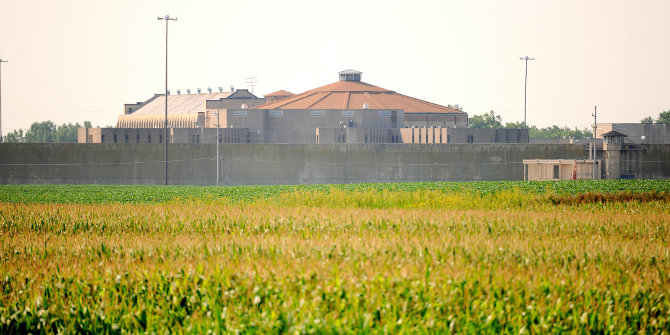
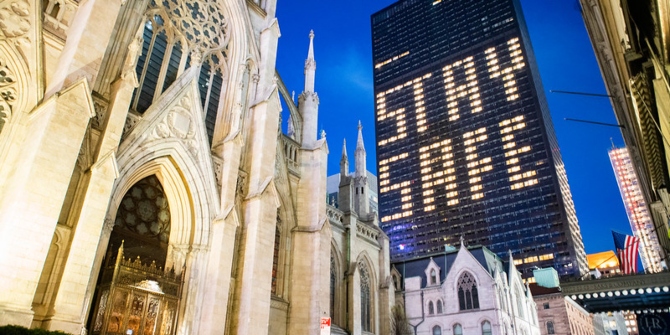
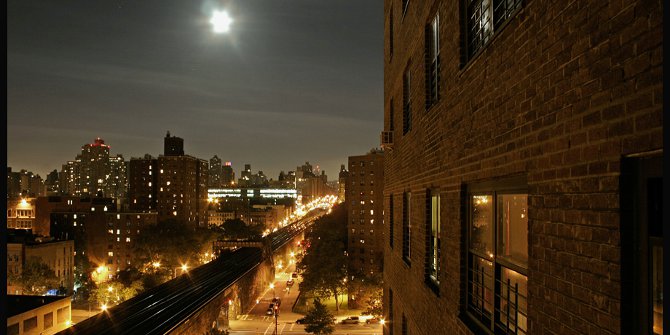


1 Comments